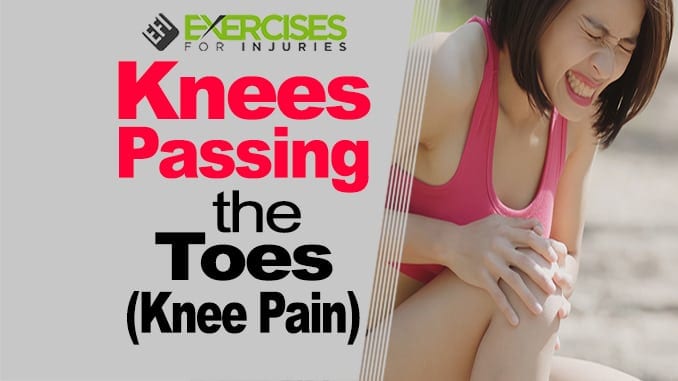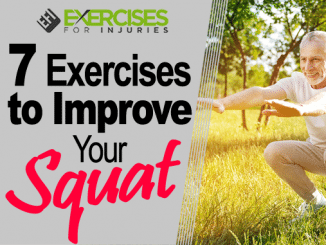
You participate in activities requiring a lot of movement of the hips and knees. It is essential to consider whether your knees will pass the toes. This is especially true if you have osteoarthritis, which is a condition that causes inflammation in the joint. If your knees give the toes, you may want to replace specific exercise equipment with something that does not require as much knee movement. Another consideration is how frequently you engage in hip and knee-related activities. Here are three different situations to consider when the knees pass the toes.
Knee pain, also known as medial meniscal tear, is a common condition that affects people of all ages. The pain can be severe and last for weeks or months, depending on the severity. Often, this condition is caused by an injury to the medial meniscus, a layer of cartilage in the knee joint that helps cushion and protect the joint. Knee pain can also be caused by low back pain, arthritis, or other factors. If left untreated, knee pain can lead to significant damage to the joint and risk of long-term health problems.
I just wrapped up my Exercise Rehabilitation of the Knee course at Douglas College. I learn so much from the fitness professionals that attend. They all have great questions, and I wanted to share one with you.
I got a great question from one of the registrants about knees passing the toes. Commonly taught in fitness certification is the fact that you should not have the knees passing the toes. My response to this is that it depends on the situation.
The Deal on It!
CLICK HERE to watch the video on what the deal is with the knees passing the toes
3 Situations on the Knees Passing Toes
There are three different situations to consider when it comes to the knees passing the toes.
#1 – Client with a Knee Injury or Knee Pain
If your client has some present knee injury or knee pain, you don’t want the knees to pass the toes, period.
You want to work the full range of motion of the knee, but this would be done in a non-weight-bearing situation.
#2 – Client with No Knee Injuries or No Knee Pain
If your client has no knee problems or knee injuries, you want them to be able to squat down and come back up.
In this situation, squatting down will have the knees past the toes.
In an unloaded situation with no dumbbells, no barbells, no squat hack machine, and no squat rack, you want your client to be able to go from standing, squat down and come back up in the individual with the uninjured knee.
#3 – Adding Load to the Squat
If you start adding load (dumbbells, barbells, and machines), you want them to go to 90 degrees.
When the knees pass 90 degrees in a loaded situation, it puts a lot of stress and strain on the knee joint.
I hope this clarifies things regarding the knees passing the toes.
So remember, in a client that has a knee injury, or previous knee injury, you don’t want the knees to pass the toes; you want to try to keep the weight shifted on the heels to activate the hamstrings and glutes a lot more and decrease the strain on the knee joint.
In the second group of people, and those with no knee injury, you want them to be able to squat down and come back up in an unloaded situation; that’s perfectly fine for them to do.
In the third group, when you start loading things up and joints, you want to limit them to 90 degrees.
Thank you for reading. Make sure to leave me a comment and let me know what you think about the blog post.
Rick Kaselj, MS
P.S. – One group of exercises I make sure my knee injury clients do is gluteus maximus exercises. To learn The Most Effective Gluteus Maximus Exercises, CLICK HERE.
Podcast: Play in new window | Download






